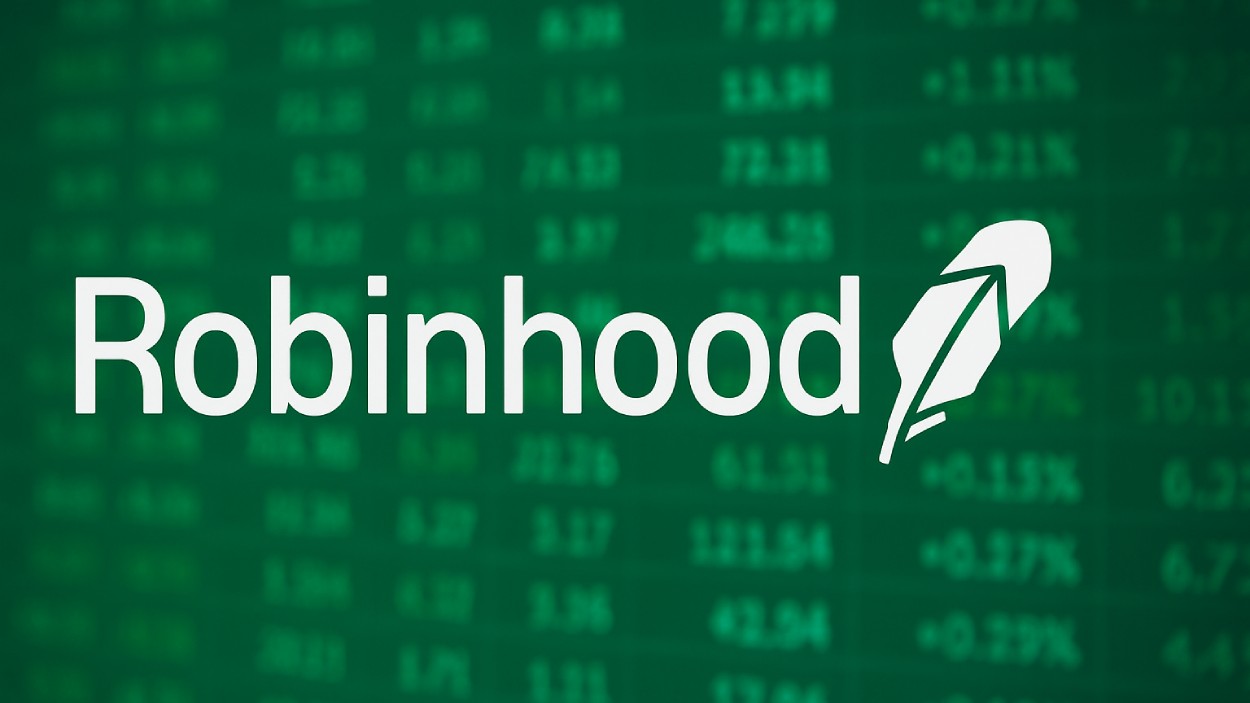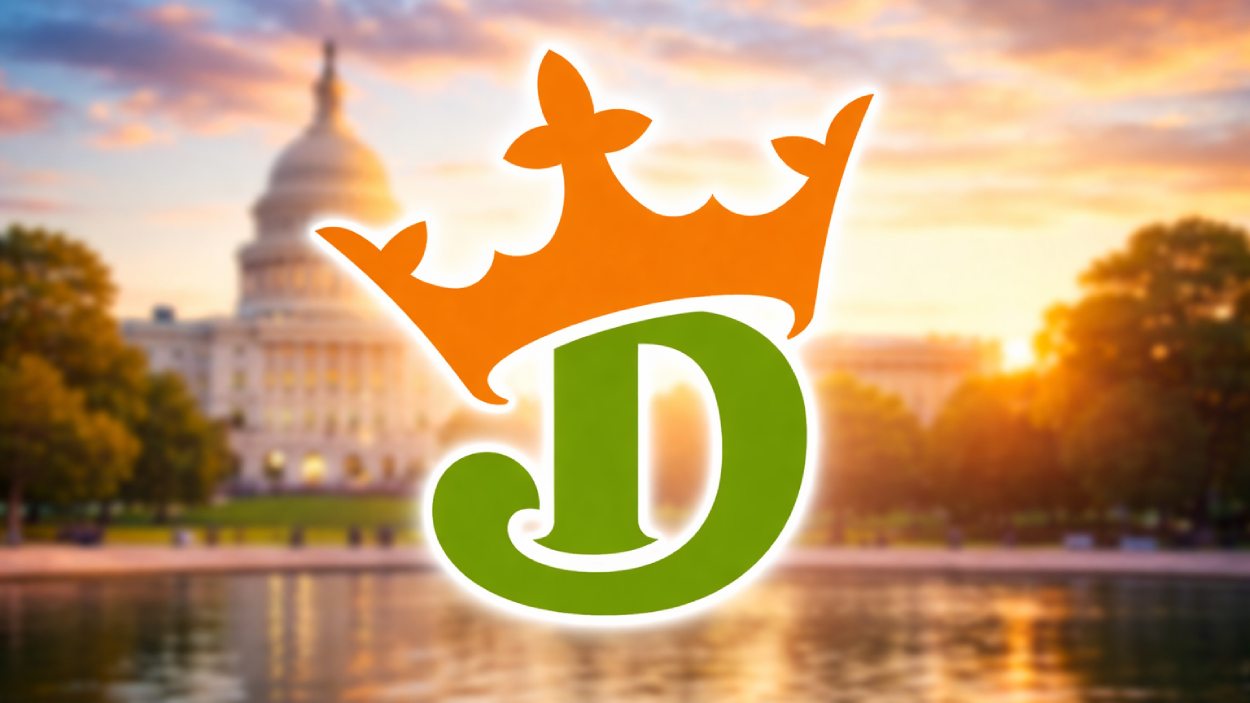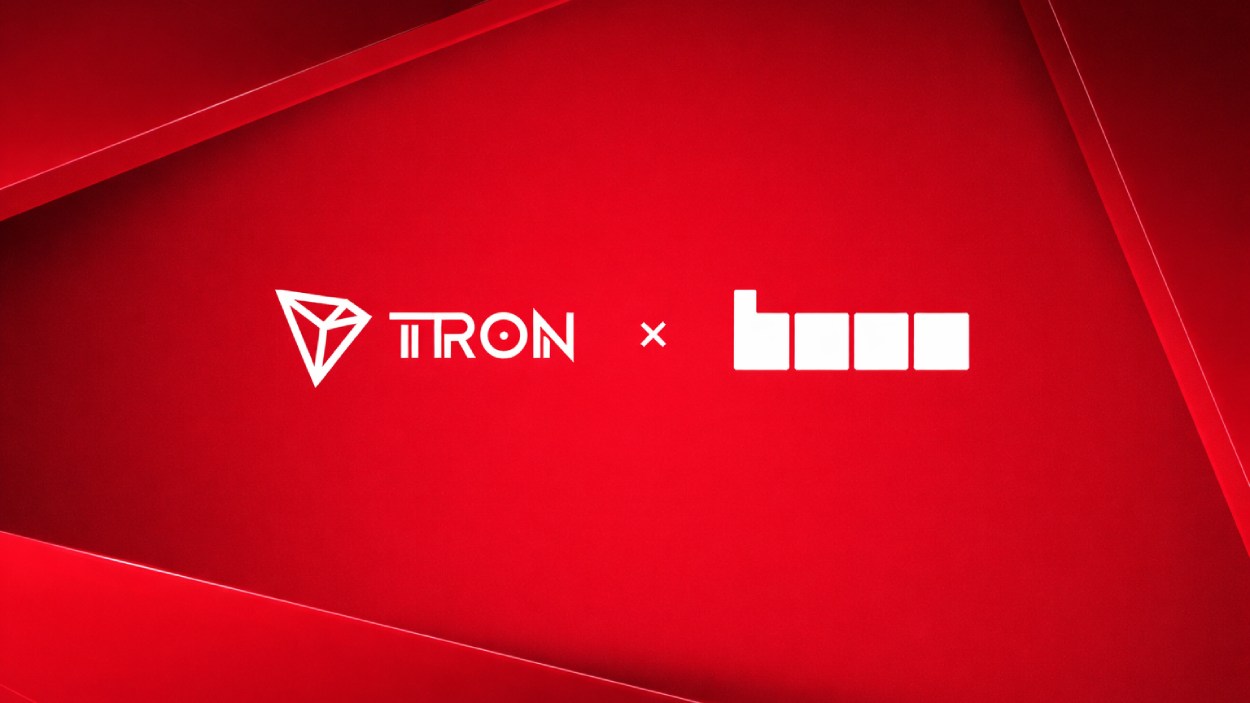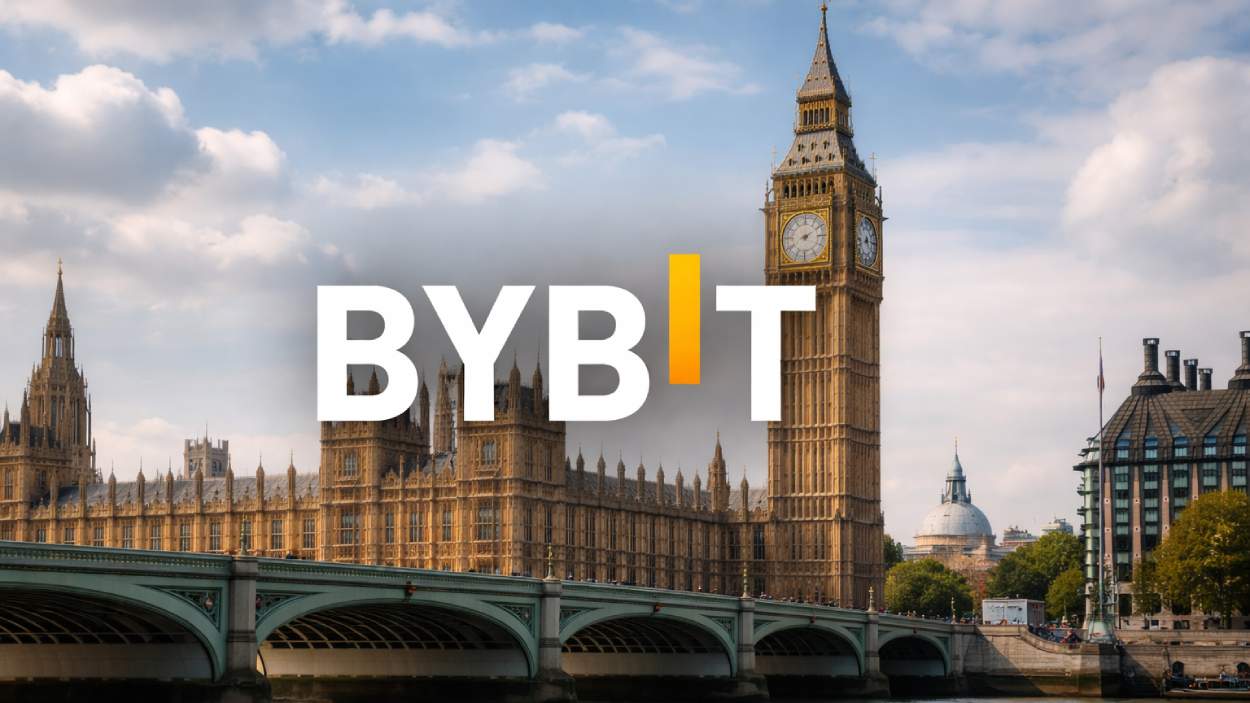Robinhood’s revenue doubled and crypto trading tripled in Q3, signaling a major leap forward for the fintech company.
Key Takeaways
- Robinhood’s Q3 revenue hit $1.2 billion, nearly doubling year-over-year.
- Crypto trading revenue surged 300% to $268 million, its highest to date.
- Profits jumped 217% to $556 million, driven by new product rollouts.
- The firm expanded globally through Bitstamp acquisition and prediction markets.
What Happened?
Robinhood delivered a blockbuster Q3 performance, fueled by skyrocketing crypto activity and new ventures in prediction markets. The company reported $1.2 billion in revenue, up from $617 million a year ago. Profits soared to $556 million, a 217% year-over-year jump, with earnings per share landing at $0.61, well above analyst expectations.
$HOOD
— amit (@amitisinvesting) November 5, 2025
ROBINHOOD Q3 2025 EARNINGS:
$1.27B Revenue, +100% YoY
$556M Net Income, +271% YoY
$0.61 EPS, +259% YoY
$742M Adjusted EBITDA, +177% YoY
3.9M Gold Subscribers, +77% YoY
26.8M Funded Customers, +10% YoY
$333B Platform Assets, +119% YoY
Vlad is on a mission. pic.twitter.com/JcuzyWehif
Strong Crypto Rebound Powers Revenue
Robinhood’s crypto revenue reached $268 million in Q3, marking a 300% increase from the same period last year. This growth helped push transaction-based revenue to $730 million. Despite volatility in crypto markets, user demand remained steady, with revenue also surpassing Q2’s $160 million and Q1’s $252 million.
CEO Vlad Tenev credited the results to “relentless product velocity,” emphasizing the growing role of crypto and prediction markets in Robinhood’s ecosystem. CFO Jason Warnick added that Q4 was off to a strong start with record trading volumes.
Strategic Acquisitions and New Verticals
In June, Robinhood completed its acquisition of Bitstamp, a regulated crypto exchange with users in over 50 countries. This move expanded Robinhood’s international footprint and deepened its access to new digital assets and liquidity pools.
Robinhood also launched into prediction markets through a partnership with Kalshi, offering event-based contracts on topics like sports, economics, and politics. The new platform generated over $100 million in annualized revenue and attracted higher user engagement, especially around NFL and college football games.
Diversification Through Innovation
Robinhood continues to evolve beyond its core trading services. In addition to crypto and prediction markets, the company rolled out Robinhood Banking and announced the upcoming Robinhood Ventures, an investment platform targeting early-stage opportunities.
The firm’s rapid product development was a key driver behind the quarter’s success. Tenev highlighted the launch pace as a major differentiator: “We’re not slowing down,” he said.
Leadership and Market Outlook
Robinhood is preparing for a CFO transition, with Jason Warnick set to retire next year and company veteran Shiv Verma stepping into the role. Despite a minor after-hours dip in stock price, Robinhood’s shares are up 260% year to date, vastly outperforming rivals like Coinbase.
Analysts remain bullish, citing a strong pipeline and rising institutional interest in crypto. Compass Point raised its price target to $161 and expects prediction markets to contribute another $50 million in Q4 during the full NFL season.
CoinLaw’s Takeaway
I found Robinhood’s Q3 performance nothing short of impressive. A 300% surge in crypto revenue alongside a successful expansion into prediction markets shows just how quickly the platform is maturing. In my experience watching fintechs evolve, few have managed this level of diversification and growth at the same time. Robinhood is clearly not content being just a trading app. It is becoming a serious financial ecosystem, and that should make both investors and users take notice.

























































